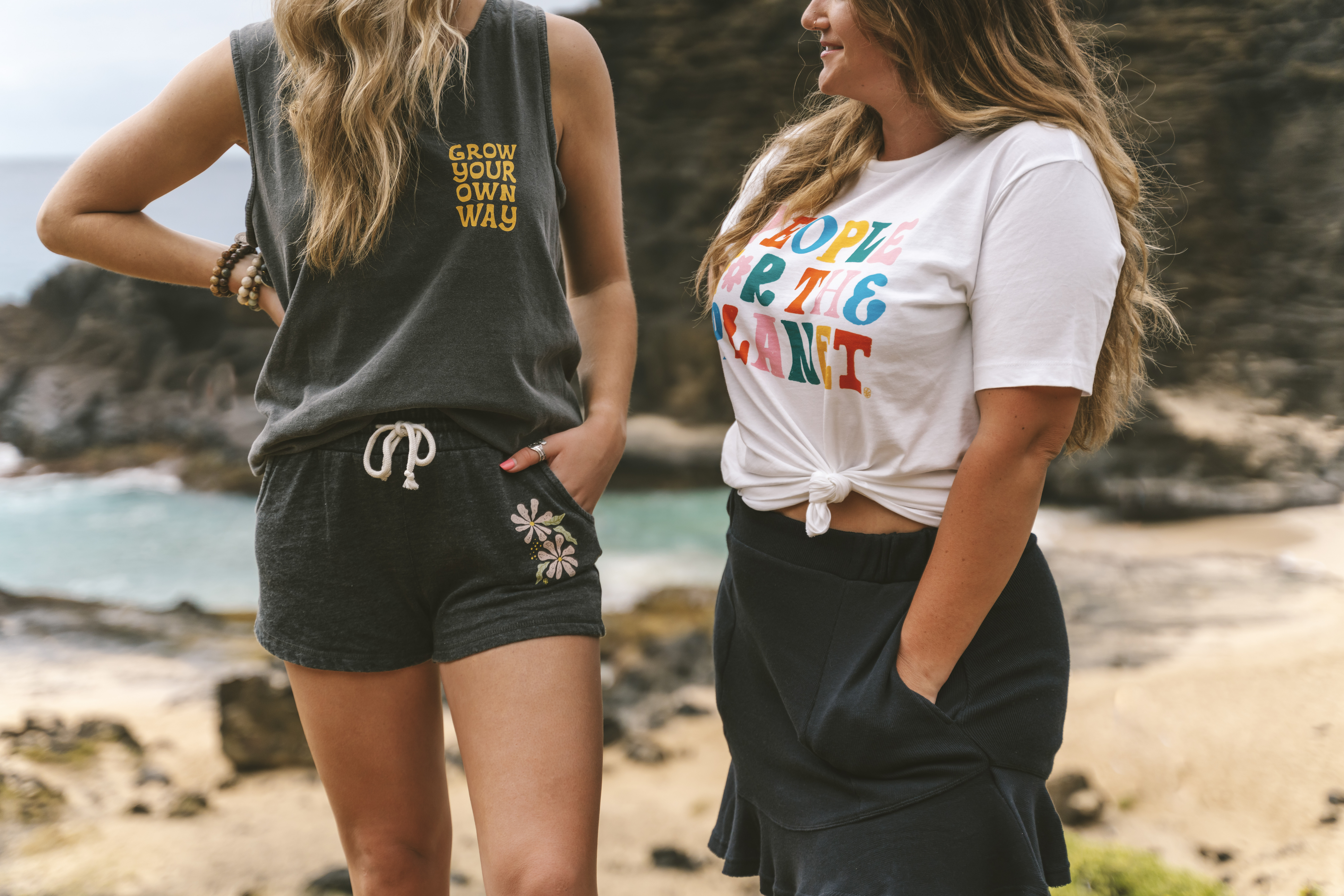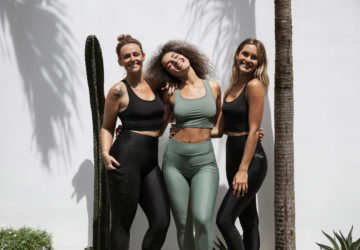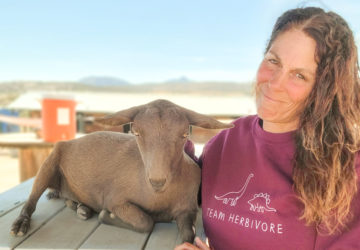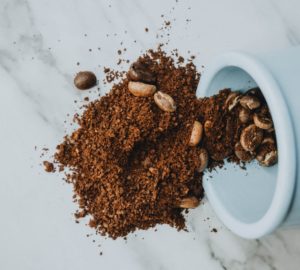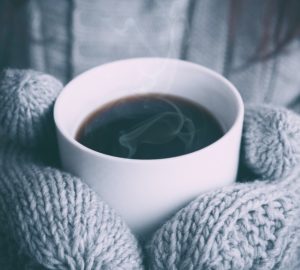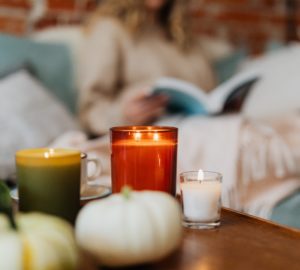The 10 ingredients to avoid in all your beauty products
We’re believers that eco-conscious living is a practice (not a perfect performance). Sure, sometimes we don’t remember our reusables, we drive when we could have walked, and we forget to eat our leftovers. Ultimately, we’re all human beings just doing the best we can!
But here’s the thing, we want to know when we’re straying off the eco-friendly roadmap, so we can redirect and get back on track later. Which is why the beauty industry is so frustrating. Between hidden ingredients and chemicals masked in fancy words, it’s hard to know what we’re putting on our bodies, let alone supporting. And the craziest part? The U.S. law doesn’t even require companies to disclose their contents!
Since beauty products make up a major part of our self-care rituals, we find a sense of empowerment in knowing the facts about what we’re using. So next time you skim the back of a bottle, here are 10 ingredients to watch out for in all of your beauty products and why they should be on your radar.
10 ingredients to avoid in all of your beauty products
1. Parabens
Parabens are probably already on your watch list. But just to recap, parabens are chemicals potentially linked to hormone disruption, breast cancer, and reproductive issues. Also, they’re shown to negatively impact the environment by leaching into sewage systems.
While Harvard Health states not enough evidence is available to make a confirmed connection between parabens and cancer, the potential makes us want to steer clear anyways.
Checking the ingredients list is a good way to ensure products are up to your standards. But you can also refer to the ThinkDirty app, which offers useful information on 1.4 million products.
2. Phthalates
Phthalates are spotted in many different products including detergents, hairspray, and perfumes. For example, they’re used to make nail polish less brittle and hairspray less stiff.
But these hormone-disrupting chemicals may increase the risk of miscarriage and risk factors for gestational diabetes, according to the Harvard T.H. Chan School of Public Health. And maddeningly, “fragrance” is often used as a pretty word for phthalates, which puts consumers completely in the dark.
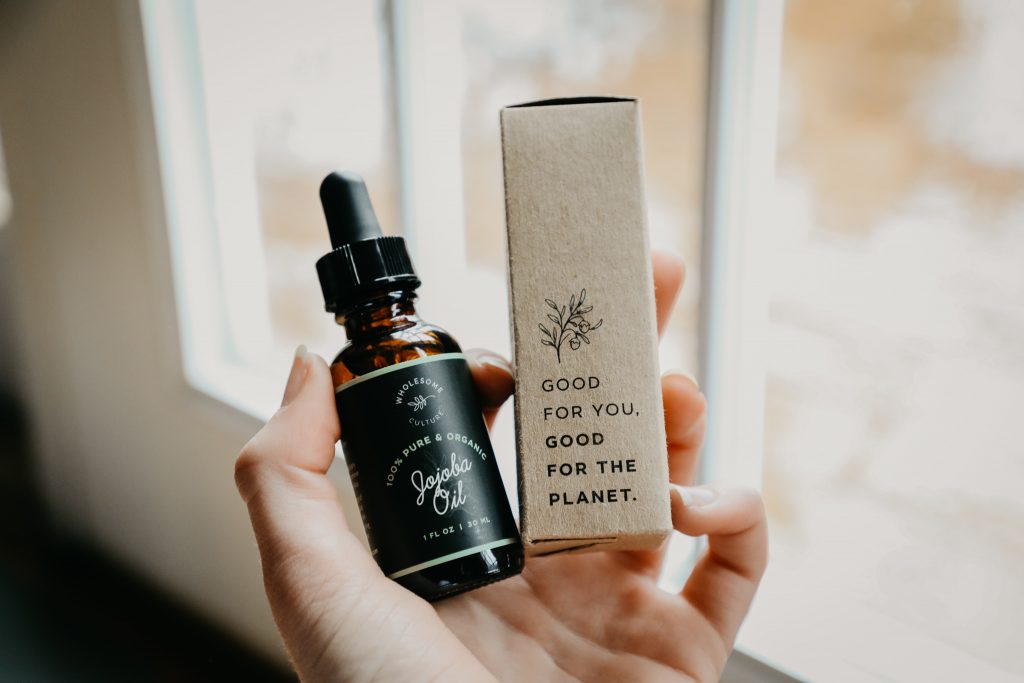
Luckily, LOTS of amazing products are free of parabens and phthalates. Here’s a quick glimpse at some of our favorite clean beauty products:
- Star Bright Nourishing Face Masks – TULA
- Natural Jojoba Oil – Wholesome Culture
- Superfood Cleanser – Youth to the People
- Fruit Pigmented Blush – 100% Pure
- Natural Rosehip Oil – Wholesome Culture
3. Triclosan
Research shows that triclosan — usually found in hand soaps and hand sanitizers — has been linked to hormone disruptions. Also, it may cause bacteria to adapt to its antimicrobial properties, which could create more antibiotic-resistant strains.
For triclosan-free cleaning products, check out Habitat Botanicals Hand Sanitizer and My Green Refills Aloe Hand Soap.
4. Lanolin
Lanolin oil is a secretion from sheep’s skin commonly used in skin care and conditioners. While some companies claim lanolin oil is extracted after the sheep is sheared, so it doesn’t necessarily cause harm to sheep, the idea of using sheep oil in our products doesn’t sit well with us.
View this post on InstagramA post shared by Lush Cosmetics North America (@lushcosmetics) on
Of course, you can still have super smooth locks sans lanolin. We love vegan hair products from Lush’s Vegan Collection: Happy Happy Joy Joy Conditioner and Big Shampoo. And we’re also fans of products from True Botanicals.
5. Fragrance
Not to be dramatic, but if you see the F-word, be wary. As we mentioned earlier, the word “fragrance” may sound nice-smelling, but it might also be a company’s evasive way of saying the product is full of potentially harmful ingredients.
6. Carmine
Carmine is a red colorant from insects used in lipstick, along with nail polish and blush. And seeing as whatever we put on our lips essentially goes into our mouths (and we have no interest in consuming insects), we’re staying far away from carmine!
View this post on InstagramA post shared by Elate Cosmetics (@elatecosmetics) on
We love lipsticks and glosses from Elate Beauty, which are made from essential oils, shea butters, and coconut oils. Plus, the products come in lots of pretty shades!
7. Shellac
Another non-vegan ingredient commonly found in beauty products is: shellac. It’s a resin secreted by the female lac bug on trees, particularly in India and Thailand. From there, it goes through a process of getting dried and dissolved to make liquid shellac. Then, it’s used in things like glaze, wood finishes, and nail polish.
The good news is, lots of vegan non-shellac nail polish is available. Our go-to brands include Smith and Cult, Ella + Mila, and BKind. So, paint away — the cruelty-free way!
8. Formaldehyde
Formaldehyde is a flammable, colorless gas. In addition to just not wanting flammable gas in our products, research also shows formaldehyde may cause skin irritation like scalp burning and hair loss. However, the most concerning part is formaldehyde is classified as a carcinogen.
Unfortunately, formaldehyde isn’t the only ingredient to watch out for. Here are other formaldehyde releasers (aka ingredients that can slowly turn into formaldehyde):
- DMDM hydantoin
- Diazolidinyl urea
- Imidazolidinyl urea
- Quaternium-15
- Bronopol
- 5-Bromo-5-nitro-1,3-dioxane
- Sodium hydroxymethylglycinate
9. Coal tar dyes
Just the idea of coal tar dyes potentially being in our beauty products makes us cringe. Plus, these dyes are not only carcinogenic, but they also contain heavy metals. To see if coal tar dyes are in your products, look out for FD& C Blue no. 1 or a five digit number with a CI in front of it.
Want to get all the long, luscious eyelashes without coal tar? Same. We like Kush Mascara from Milk. It’s made with nourishing, hemp-derived cannabis seed oil and it will get you a clump-free finish.
10. BHT and BHA
Lastly, BHT and BHA are commonly used as preservatives in moisturizers and lipsticks. Both ingredients are considered to be endocrine disruptors and also possible carcinogens. No, thank you!
****
If you’re as fascinated (and frustrated) as we are about this issue, we recommend watching the documentary Toxic Beauty. P.S. it will make you want to read every single label before buying anything ever again!
And do you need extra inspiration to channel more self-care and self-love in your life? Check out these fun reads!
- 11 books that’ll remind you to be your own BFF
- The real benefits of self-love (and how to channel more of it)
- 26 Sweet simple ways to show love to YOU
Also, scope out more of our cruelty-free favorites here:
- Our stay-at-home survival kit: all the ways to treat yourself during quarantine
- How to make your self-care more sustainable
- 38 Essentials for your plant-based lifestyle

